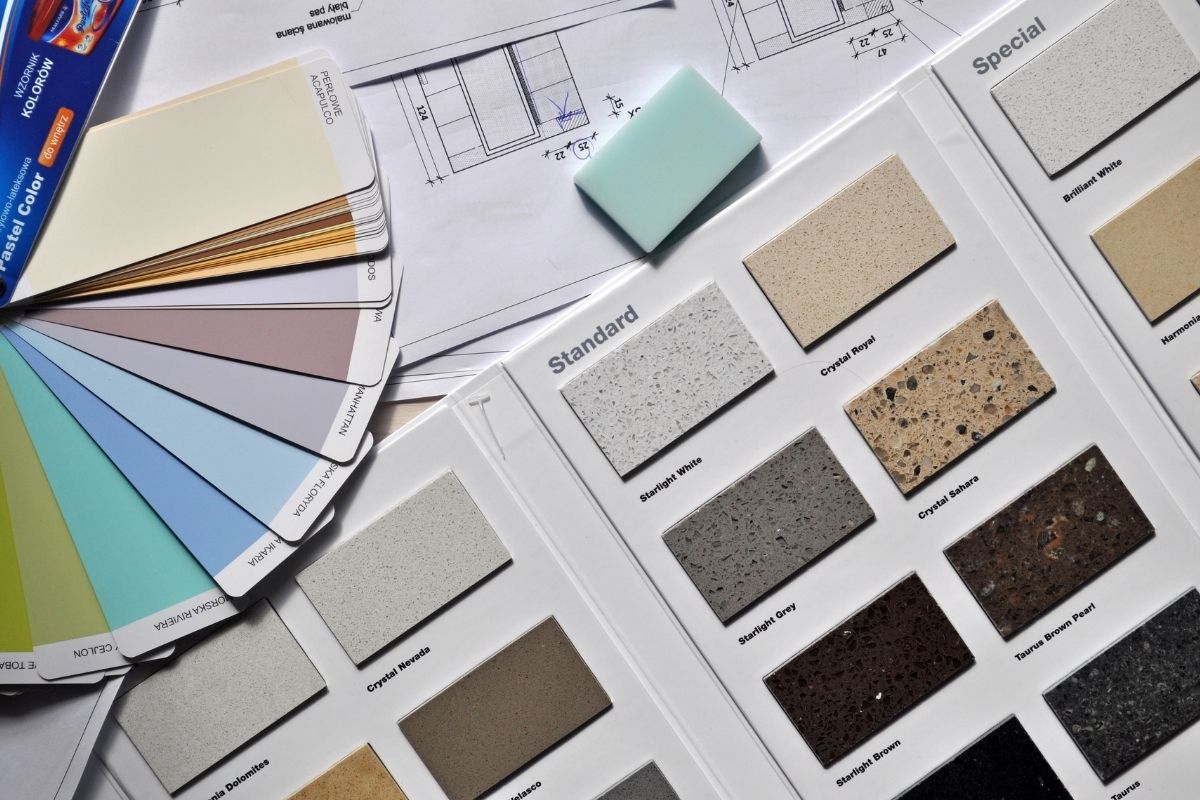Using Online UX Design Education to Find Creative Solutions
“The way that we start UX Design projects-or how we build products-in all of the UX roles that I’ve worked on is typically focusing on people and determining what are those people’s needs,” says Pilar Serna. “Like sometimes, people have a need to do something better. Or perhaps, they have a current pain point. So we try to do lots of research at the beginning of every project to really understand what are those UI needs, and what are the pain points and opportunities in order to start elaborating a solution for people.”
“So the UI Design process is very human-centric, as we say,” continues Serna. “And there is always a moment where the team gets together, and we do a kick-off and alignment. That’s when we try to really understand what the problems are that we are going to solve. And a big part of this is continuing to do this research and talking to people so that we can better understand what their needs are. What are the opportunities that we can tackle? Every project is different. The process is very diverse depending on the kind of solutions that we’re bringing.”
“So, usually, when a client comes to me, they have a particular problem that they want to solve. They don’t always know what it is, but they definitely have a need,” adds AJ Camara. “And the whole idea is that I need to help them solve that problem and ultimately help them reach their goals. The process starts off with a discussion, just getting to know the client and getting to know some of their day-to-day business, the ups and downs, what’s working for them, and what’s not working. And then from there, I look into how we can dig deeper. And then we go down a path of trying different things that, ultimately, help them achieve that goal.”
“Since the problem is not always what they think it is, there’s a lot of iteration involved,” Camara continues. “Someone might think that, for example, their website needs a redesign of their homepage, but the real problem might be that their product page has a button that doesn’t work. So some of these different things are what we dig into, as we go down this path of exploration, and figuring out what the true solution is for their problem. And, throughout that process, the conversation, essentially, continues, and it goes down different paths.”


